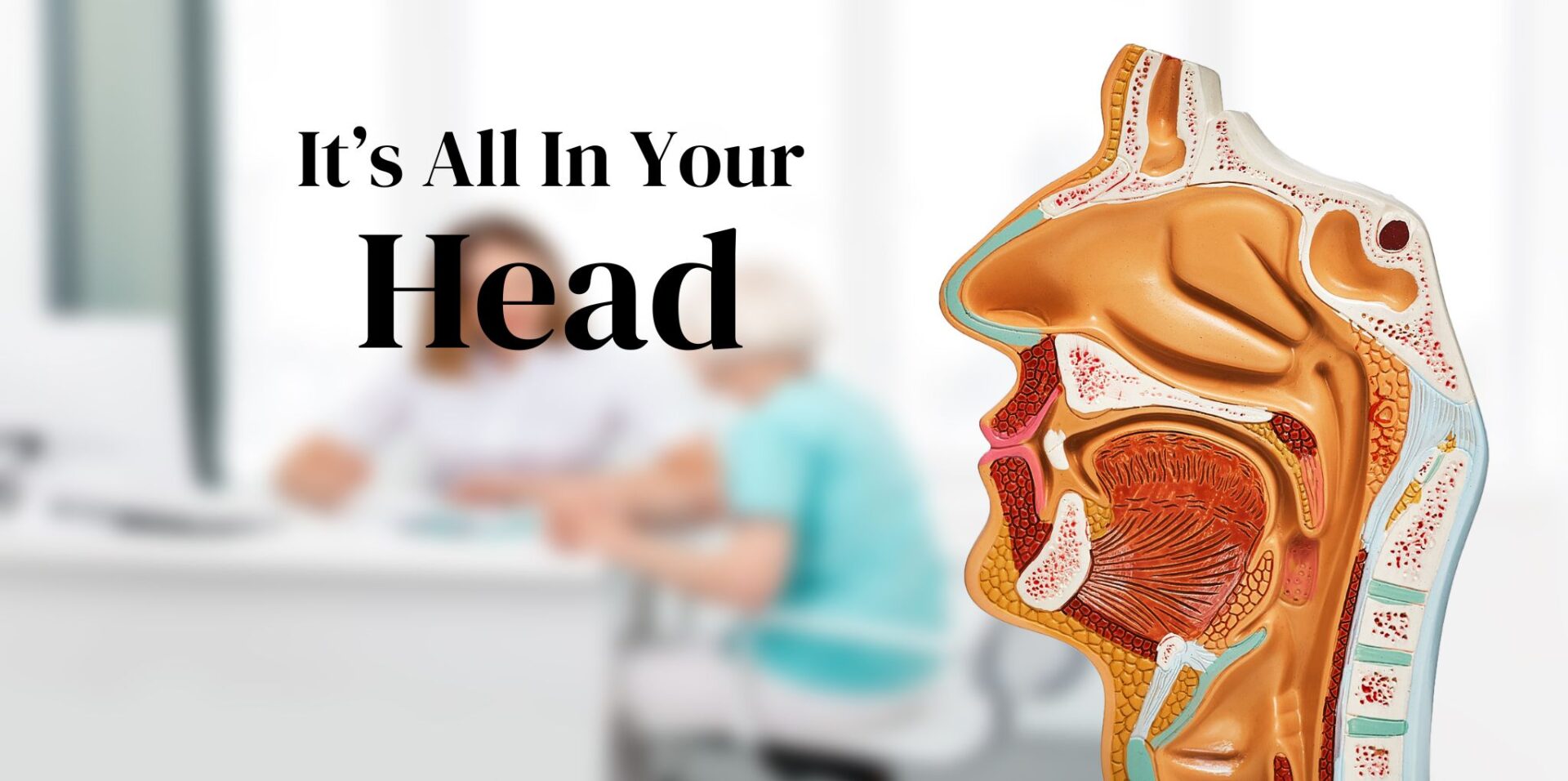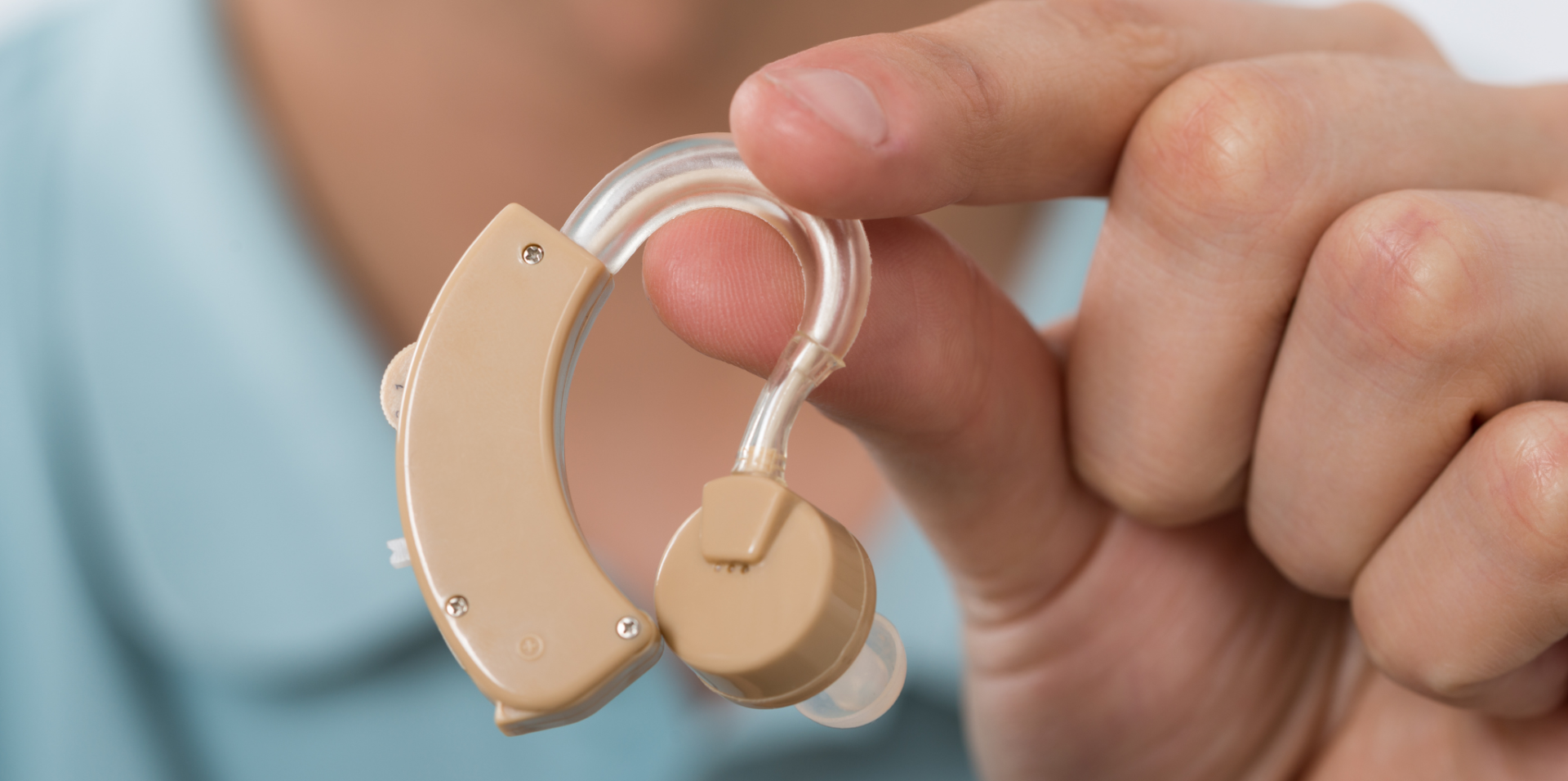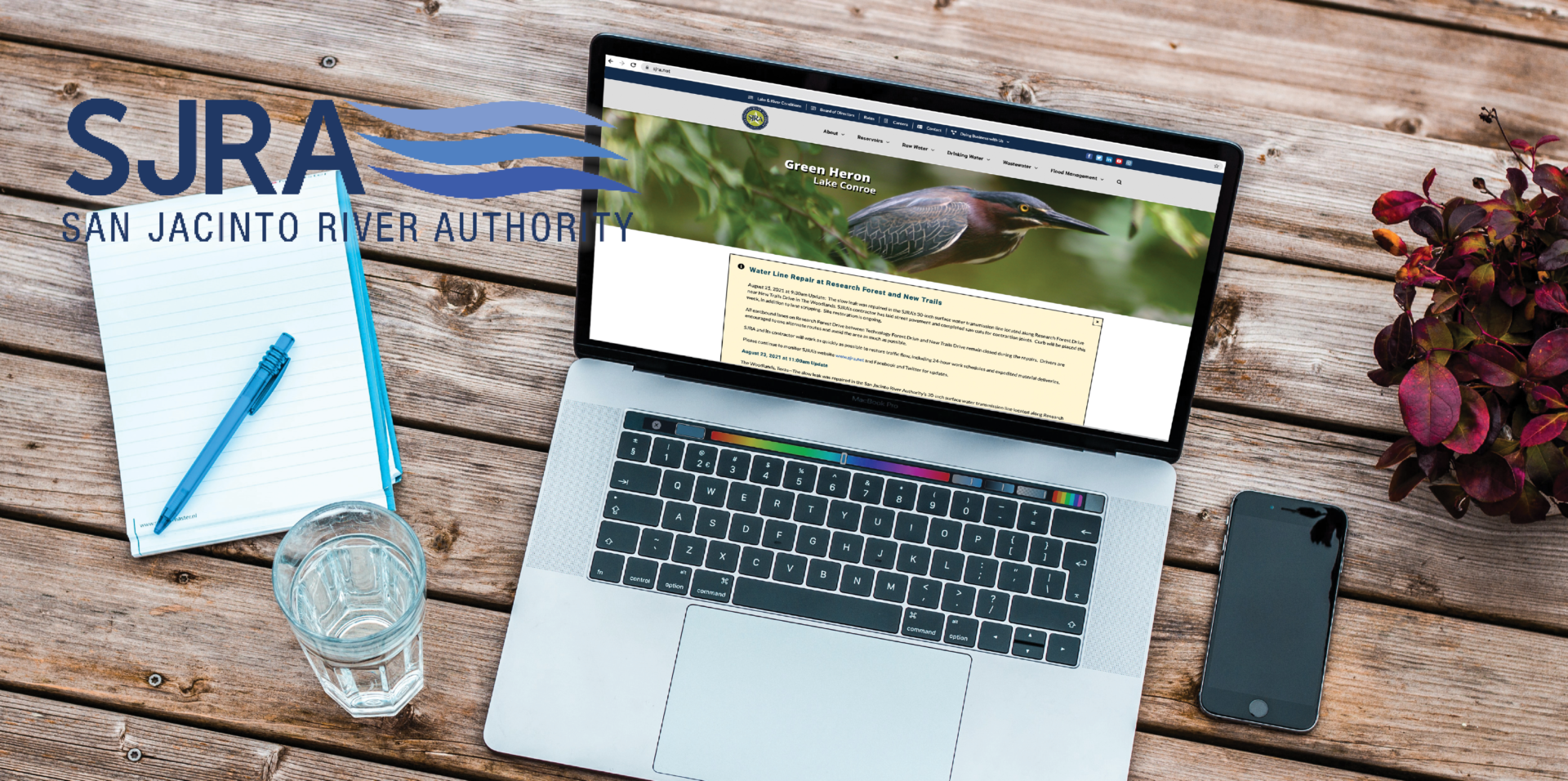WHY DO MY EARS POP? (OR WHY WON’T MY EARS POP?)
One of the most common complaints that bring people into my office is a feeling of ear fullness and pressure usually associated with a popping sensation. While something like excessive wax or water in the outer ears may occasionally lead to this, by far the most common reason is congestion of the eustachian tube.
Each ear has a ventilating system from the back of the nose to the air pocket just behind the eardrum. This ventilating tube system is called the eustachian tube. That is an unusual name and it comes from 16th century professor of anatomy from Italy, Bartolomeo Eustachi. He first described this structure and since then we have given it his name.
The eustachian tube is about 3 inches long and extends backwards and upwards from the back of the nose to each ear. It is lined with the same type of membrane that coats the nose and sinuses. Therefore any type of inflammation that affects the nasal tissues can cause swelling of the lining of the eustachian tube.
Interestingly enough the air pocket behind the eardrum that allows it to vibrate well is very much like our sinuses. Sinuses are hollow cavities in the bone of the skull that communicate into the nose through small passageways. And of course anything that causes nasal congestion and stuffiness can swell the openings of the sinuses closed. The exact same thing happens to our ears.
Most of the problems that occur with eustachian tube happen when it swells shut and will not open. Actually, normally the eustachian tube is closed and only opens when we swallow. Many of us have noted that if we yawn our ears will pop open and of course if we blow our nose we will feel the air go into our ears. It is only when the eustachian tube will not open that we notice problems.
Small children commonly have eustachian tube obstruction due to frequent colds. When this obstruction persists, fluid, that is often infected, will build up behind the eardrums. Many of us have heard about kids getting vent tubes in their eardrums to relieve ear infections. The ventilation tubes are very small buttons of plastic or stainless steel that are placed in the eardrum to allow air to get in to the middle ear space and relieve the fluid pressure.
Adults often have eustachian tube problems. Usually in adults medical therapy will relieve the problem or obstruction without having to insert ventilation tubes in the eardrums.
By far the most common reason I see adults having eustachian tube obstruction is due to allergies and the resultant swelling of the nasal tissues and eustachian tube lining. Antihistamines and decongestants will often relieve the problem. Nasal steroid sprays occasionally help also. Unfortunately these sprays usually do not get all the way to the back of the nose and if they do most of it runs down the back of the throat without getting into the eustachian tube. Other prescription medications such as steroids (Prednisone) or Singulair are often effective too.
To relieve a temporary eustachian tube blockage, most ENT doctors recommend something called the Valsalva maneuver. Interestingly enough this was also named by an Italian anatomist. The Valsalva maneuver is simply tightly pinching your nose and blowing until air pressure opens the ears and you feel them pop. Many of us were told as children that this is a dangerous thing to do but that simply is not the case. Doing this maneuver often relieves the problem without the use of medications.
Persistent blockage of this ventilation system will lead to feeling of ear pressure and fullness as well as contribute to hearing loss. If the blockage is severe enough it can lead to permanent damage of the eardrum.
Some adults who have this problem will get relief with insertion of ventilation tubes in the eardrums just like in children. One ear doctor at Harvard Medical School has recently pioneered a technique to repair plugged eustachian tubes with the same type of balloons that are used to dilate the openings of the sinuses. It is a new technique and sometimes considered experimental but is very safe.
So if your ears feel plugged and pop a lot, or feel like they need to pop and just will not, it is almost certainly because of congestion of that thing named for an ancient Italian, the Eustachian tube.
https://tomstarkmd.com/
18059 HWY 105 W Montgomery,TX77356
936-582-7000




